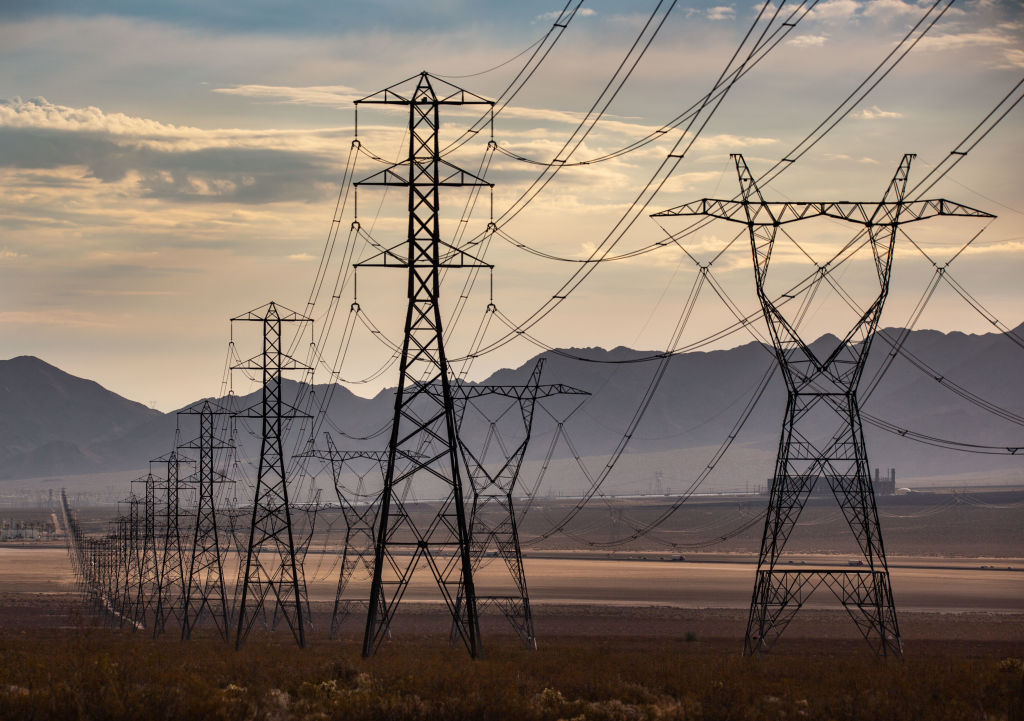
The most recent United Nations IPCC Report found that the world must cut emissions by 60% by 2035 to limit the planet’s rise in temperature to 1.5 degrees Celsius. The solutions exist, but we are running out of time. We need to act big, and we need to act fast.
In the past two years, President Biden and Congress have responded. We passed the Infrastructure Investment and Jobs Act and the Inflation Reduction Act to support our transition to net-zero greenhouse gas emissions by 2050. These bills included over $400 billion in federal funds to rebuild our crumbling infrastructure and combat climate change, with support for electric vehicle charging, expanded transit and rail, a bigger and smarter electric grid, and new energy sources like offshore wind and hydrogen.
That is enough money to get started on real climate action. But what we don’t have is time. We’re in a race against climate change. In this Congress, our focus must be on how to plan, permit, and approve climate action projects much faster than America is used to.
Take for example transmission lines, which move electricity from where it’s created to where it’s used. Most of our new energy is going to come from renewables far from where the power is used. We need lots of new transmission lines to get it from these remote locations to population centers.
About 80% of the projected emissions reductions from the Inflation Reduction Act depend on transmission buildout. There is currently enough wind, solar, and clean energy storage projects in the pipeline to power nearly 85% of our economy today, but 80% of them could be canceled due to insufficient transmission infrastructure.
Read More: The Scariest Part of the New UN Climate Report
It took 150 years to build the electric grid we have today. To complete the transition to renewables, we must triple our grid capacity over the next 30 years equaling 200,000 miles of new transmission. Over the last decade, we’ve built about 1,800 miles per year, and only 386 miles in 2021. In the U.S., it takes more than ten years to complete a transmission line. South America has constructed nearly eight times as much transmission in the same period; Europe has constructed 15 times as much.
Why does it take so long in the U.S.? The paradoxical truth is that laws enacted to protect the environment decades ago could undermine climate action today.
In the 1970s, our environmental priority was to stop dirty, destructive projects. This led to the passage of the National Environmental Policy Act (NEPA) to require public input and to ensure federal agencies assess the environmental impacts of proposed Federal projects before making decisions.
We can credit NEPA for significant environmental preservation, but the law’s implementation is slow – with documents that are thousands of pages long and reviews that can take more than four years.
Lawsuits can drag projects out for more than a decade, and the simple threat of litigation can prevent new projects, including environmentally friendly ones like commuter rail or solar power.
NEPA worked to stop dirty projects. But today our goal is to build climate-friendly projects, so we can unlock a future that doesn’t depend on oil and natural gas and their harmful price fluctuations and devastating emissions.
Those of us who believe climate change is the gravest threat we face must rethink slow process requirements that can needlessly slow our transition away from dirty fuels. We need better ways to get public input and assess true environmental justice impacts of projects, ways that are more efficient and effective than years of administrative and judicial processes.
We will have to accept some tradeoffs and uncertainty in favor of speed. We must update our environmental laws to make it easier, not harder, to build the projects and infrastructure that will get us to net zero emissions.
Let us be clear: the goal is not to undermine environmental standards, but to dramatically accelerate the process. That means single agency responsibility, enforceable deadlines for administrative action, and expedited public input and review.
The regulatory status quo is not a sustainable course of action for our future. True climate activism must elevate timely decisions over delay and action over caution. The race against climate change is one we can’t afford to lose.
More Must-Reads From TIME
- The 100 Most Influential People of 2024
- The Revolution of Yulia Navalnaya
- 6 Compliments That Land Every Time
- What's the Deal With the Bitcoin Halving?
- If You're Dating Right Now , You're Brave: Column
- The AI That Could Heal a Divided Internet
- Fallout Is a Brilliant Model for the Future of Video Game Adaptations
- Want Weekly Recs on What to Watch, Read, and More? Sign Up for Worth Your Time
Contact us at letters@time.com